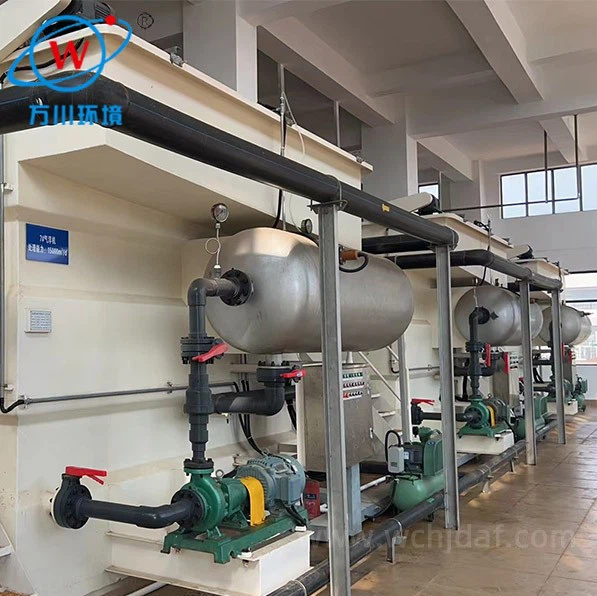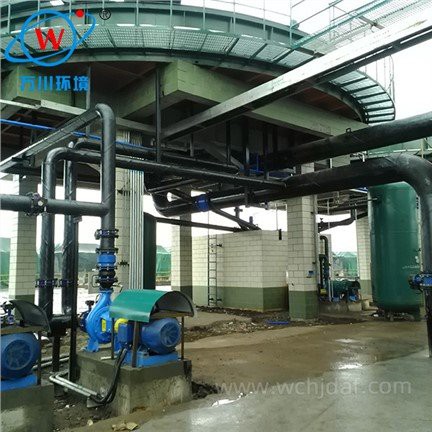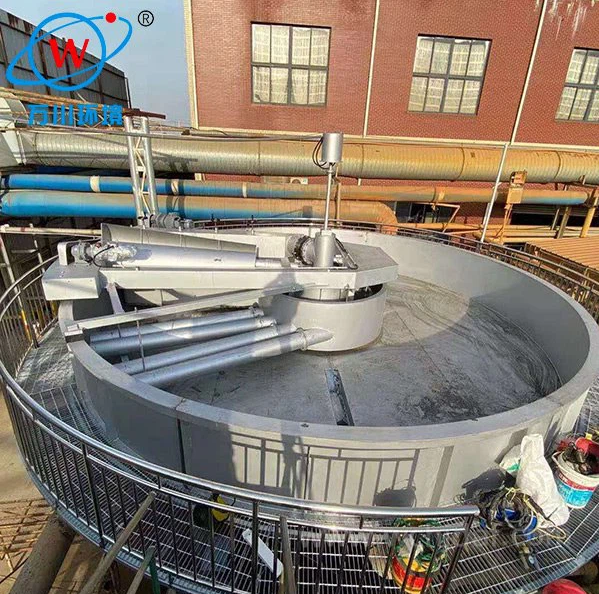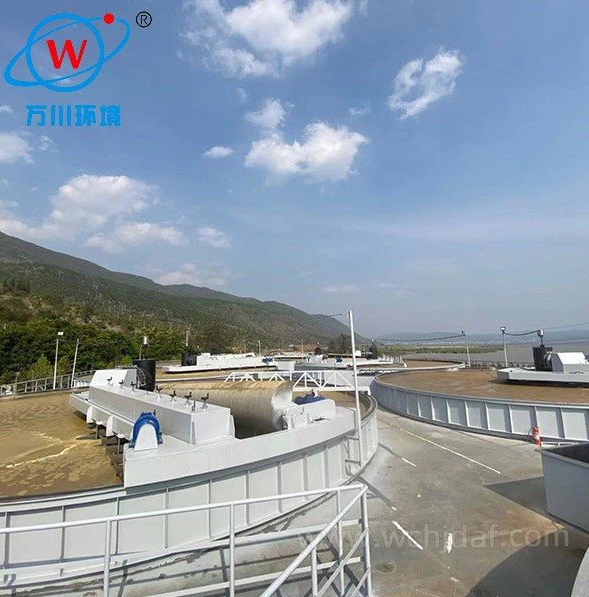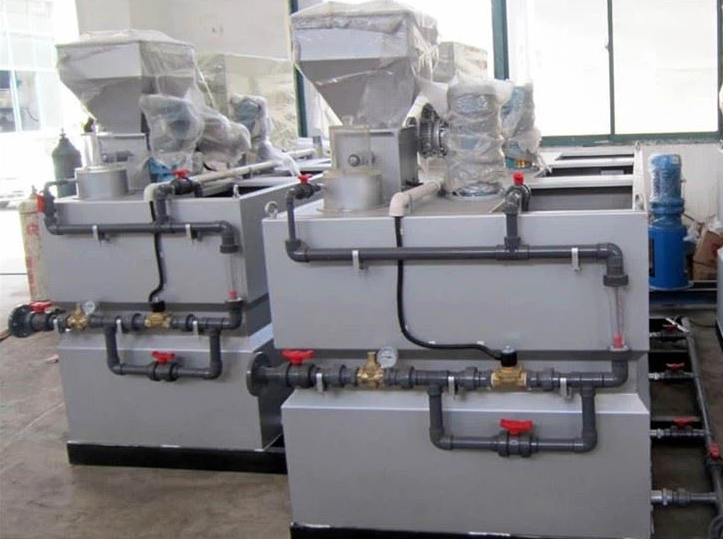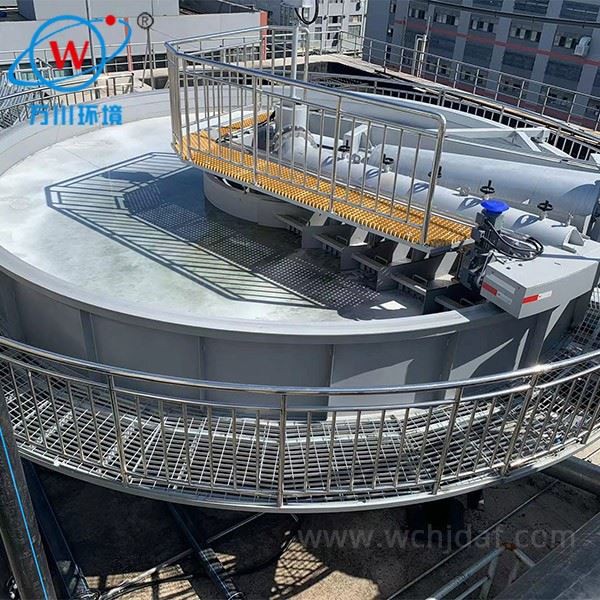Mechanical component inspection: Before starting the equipment, carefully check whether the installation of various mechanical components such as flotation tank, dissolved air tank, scraper, etc. is firm, loose or misaligned. Check the sealing performance of each connection part to prevent leakage during operation, which will affect the operation effect and processing capacity of the equipment. At the same time, check whether the transmission parts of the equipment, such as chains and belts, are properly tensioned to ensure smooth operation of the equipment.
Electrical system inspection: Comprehensively check whether the connection of the electrical circuit is correct and whether the electrical components are damaged. Check whether the instruments and controllers in the control cabinet are displayed normally and whether the parameter settings meet the initial requirements. Ensure that the motor is in the correct direction to avoid the equipment from not working properly or even damaging the components due to motor reversal.
2. Parameter debugging
Dissolved air system parameters: The dissolved air system is the core part of the flotation equipment. First turn on the dissolved air pump and adjust the pressure of the dissolved air tank, which is generally controlled between 0.3-0.5MPa, and fine-tune by observing the release effect of dissolved air water and the size of bubbles. At the same time, adjust the dissolved air water return ratio, usually 20% - 40%, to achieve the best dissolved air effect, so that the tiny bubbles can fully combine with the pollutants in the sewage.
Dosing system parameters: According to the water quality characteristics of the sewage to be treated, select appropriate flocculants and coagulants. Debug the flow of the dosing pump, first set it according to the preliminary estimated dosage of the agent, generally the dosage of flocculants is 5 - 50mg/L, and the dosage of coagulants is 1 - 10mg/L. During the operation of the equipment, observe the flocculation effect, and increase or decrease the dosage of the agent in time according to the size, density and flotation separation effect of the alum flowers.
Water inlet and scraping parameters: Control the sewage inlet flow rate to stabilize it within the design processing capacity of the equipment, generally determined according to the equipment specifications and actual processing needs. Debug the running speed of the scraper. The scraping speed should not be too fast to avoid disturbing the flotation layer and affecting the separation effect; it should not be too slow to cause excessive accumulation of scum. Usually the scraper runs every 15-30 minutes, and the running time of each time is adjusted to 2-5 minutes according to the thickness of the scum.
3. Water quality monitoring and adjustment
In the early stage of equipment operation, the effluent water samples are collected every 1-2 hours to detect its suspended solids, chemical oxygen demand, turbidity and other indicators. If the effluent water quality does not meet the standard, it is necessary to analyze the reasons and adjust the relevant parameters in a targeted manner. If the suspended solids exceed the standard, it may be that the dissolved air effect is not good or the dosage of the agent is insufficient. It is necessary to re-adjust the dissolved air system parameters or increase the dosage of the agent; if the chemical oxygen demand exceeds the standard, it may be necessary to further optimize the type of agent or strengthen the pretreatment process. After multiple debugging and water quality monitoring, until the equipment runs stably, the effluent water quality reaches the expected standard.
